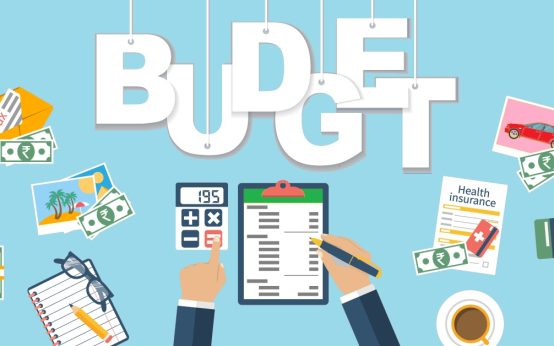
When money is tight, finding ways to cut expenses becomes crucial. Your mortgage payment, being one of the largest portions of your budget, naturally comes under scrutiny.
Exploring various avenues to potentially lower your monthly mortgage payment is essential. However, it’s important to carefully consider each option and its implications before making any decisions.Consider these alternatives to potentially reduce your monthly mortgage payment, along with key factors to weigh for each option.
You can refinance to a lower rate
Refinancing your mortgage to get a lower interest rate is a smart way reduce your monthly payments. To qualify for this, you will need to have enough equity in your home and meet specific requirements. Equity means how much your home is worth compared to how much you still owe on your mortgage.
Experts usually say it’s worth refinancing if you can snag a rate that’s at least 1 percentage point lower than what you currently have. Even if the rate drop is smaller, like 0.5 to 0.75 points, it can still save you a lot of money every month. But take into account, refinancing comes with upfront costs, so it’s crucial to figure out how long it’ll take to cover those expenses with the money you save on your monthly payments.
Before jumping into refinancing, take a good look at your finances and weigh the potential savings against the upfront costs. With a clear understanding of the process and your options, you can make a wise decision that fits your long-term financial plans.
You can lengthen your loan term
If you are feeling overwhelmed by your mortgage payments, extending your loan term could provide some relief. By refinancing to a longer term, like switching from a 15-year to a 30-year mortgage, you can make your monthly payments more manageable and have more flexibility with your finances.
However, it’s important to recognize that opting for a longer loan term means you will end up paying more in interest over time. This is because you will be stretching out your payments over a longer period, which means more of your money goes towards interest rather than paying off the principal balance.
Before deciding to extend your loan term, take a close look at your finances and consider the trade-offs. While lower monthly payments might seem appealing now, think about the long-term impact on your overall financial health and whether it aligns with your goals.
Recast your mortgage can be an option for you

Recasting your mortgage presents a strategic option for homeowners who find themselves with extra funds or are considering purchasing another property. This involves making a substantial lump-sum payment towards your loan principal and requesting your lender to adjust your repayment schedule accordingly. As a outcome, your monthly payments decrease while maintaining the same loan terms and interest rate.
For individuals looking to acquire a second property before selling their current one, mortgage recasting offers significant advantages. It eliminates the need for a home sale contingency, empowering borrowers to make more competitive offers on new homes. This enhanced flexibility can provide valuable opportunities in the real estate market.
Eliminate mortgage insurance
For borrowers who have saved up a good amount of money, avoiding private mortgage insurance (PMI) is possible by making a down payment of at least 20% of the house’s purchase price. This applies to conventional loans and helps protect lenders in case you can’t make your mortgage payments.
If you get an FHA loan, eliminate the annual mortgage insurance premium (MIP) might mean refinancing to a conventional loan once you’ve built up at least 20% equity in your home. However, it’s important to carefully consider the pros and cons of refinancing before going this route.
Navigating Mortgage Payment Solutions
Finding ways to lower your monthly mortgage payment is essential for managing your finances effectively. Whether it’s refinancing, extending your loan term, or recasting your mortgage, each option has its benefits and considerations.
It’s crucial to weigh the potential savings against any upfront costs and ensure that your decision aligns with your long-term financial goals. By exploring these alternatives and understanding their implications, you can find a solution that fits your budget and provides financial peace of mind.

 8 Must-Read Books for Entrepreneurs
8 Must-Read Books for Entrepreneurs  What Is Zero-Based Budgeting? <p style=' font-weight: normal; line-height: 1.9rem !important; font-size: 17px !important;'> Financial experts emphasize the importance of incorporating savings into your overall financial plan. </p>
What Is Zero-Based Budgeting? <p style=' font-weight: normal; line-height: 1.9rem !important; font-size: 17px !important;'> Financial experts emphasize the importance of incorporating savings into your overall financial plan. </p>  ADHD Tax: Understanding and Dodging Its Impact <p style=' font-weight: normal; line-height: 1.9rem !important; font-size: 17px !important;'> Living with ADHD can make managing money tough. But there are tricks to help. </p>
ADHD Tax: Understanding and Dodging Its Impact <p style=' font-weight: normal; line-height: 1.9rem !important; font-size: 17px !important;'> Living with ADHD can make managing money tough. But there are tricks to help. </p>